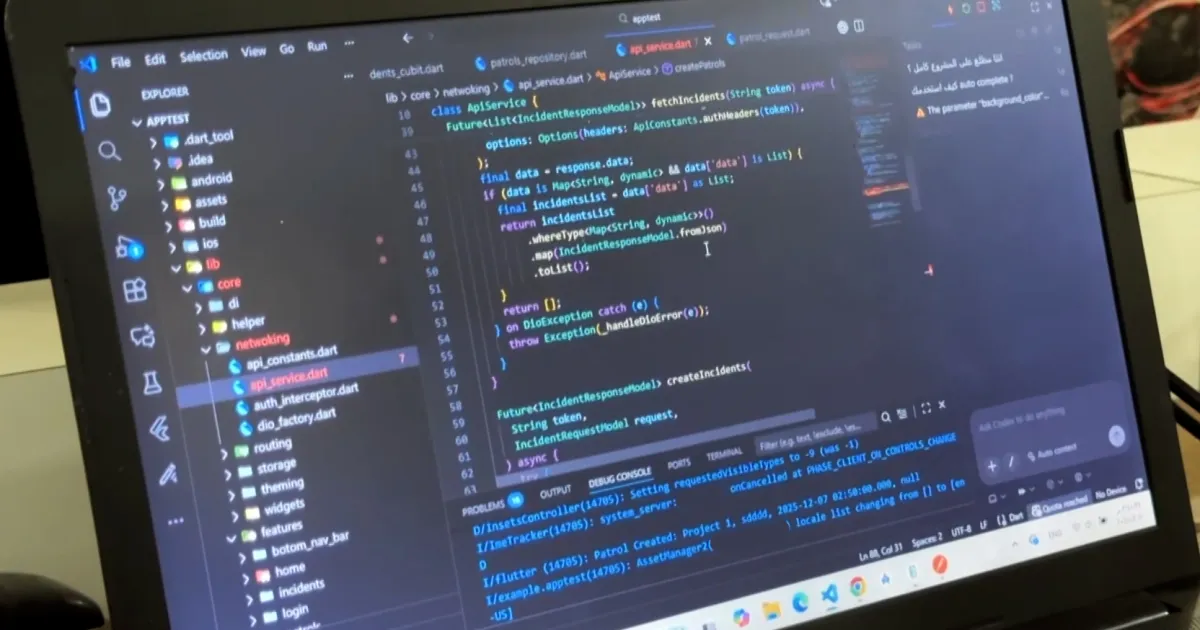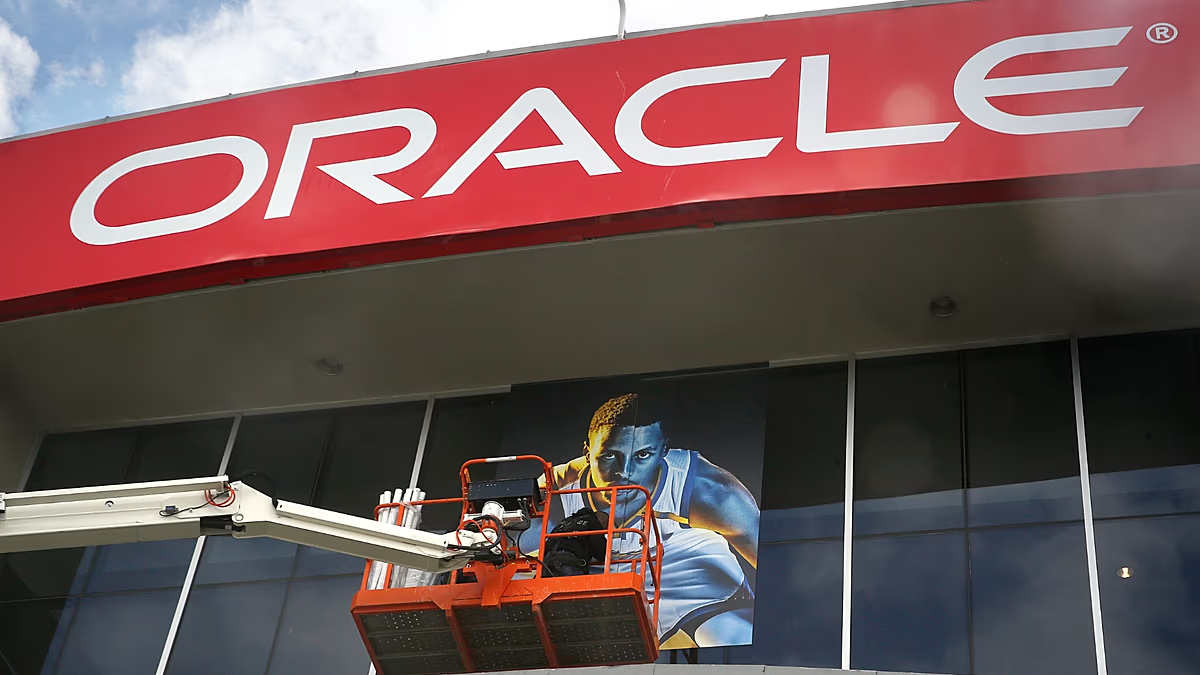AI, Tariffs Fuel Big Tech Layoffs
This year is on course to become one of the worst years of this century for job cuts, comparable only to the Great Financial Crisis of 2008 and 2009 and the year of the pandemic, 2020.
Corporations are primarily attributing hundreds of thousands of recently announced layoffs to higher operating costs caused by US tariffs. Still, many feel that a workforce-rebalancing strategy to fund investments in artificial intelligence may also be to blame.
Last October, US job losses topped 153,000, the highest level since 2003. In November, the US gained 64,000 jobs, more than expected, but the unemployment rate climbed to a four-year high of 4.6%.
According to The Challenger Report, a leading indicator of the US labor market, American companies laid off over a million employees in the first 10 months of 2025. That’s the highest number since the pandemic-related recession five years ago, and up 65% from the same period last year.
The huge wave of redundancies, begun in January with the Trump Administration’s restructuring of government agencies, is now expanding to most sectors.
The latest round of announcements came from tech giants Intel, Microsoft, IBM, and Verizon, which collectively announced the axing of over 50,000 jobs. Online retail giant Amazon slashed 30,000 positions, while international courier UPS let go of 48,000 employees.
Other major industry players that have significantly reduced their workforce include Accenture (11,000 cuts), Procter & Gamble (7,000), PwC (5,600), Salesforce (4,000), American Airlines (2,700), Paramount (2,000), and General Motors (1,700).
The trend isn’t limited to American firms. In Europe, companies across various sectors also disclosed extensive staff reductions this year, with Nestlé cutting 16,000 jobs, Bosch 13,000 jobs, Novo Nordisk 9,000 jobs, Audi 7,500 jobs, Volkswagen 7,000 jobs, Siemens 5,600 jobs, Lufthansa 4,000 jobs, Lloyds Bank 3,000 jobs.
Asia-Pacific is also affected, with India’s Tata Consultancy dismissing 12,000 employees, Japan’s Nissan dismissing 11,000, and Australia’s second-largest bank, ANZ, dismissing 3,500.
Fears are spreading that this might be the start of an unprecedented, massive recession caused by AI expansion. If Amazon and Palantir dismissed the claim, Nvidia CEO Jensen Huang lately emphasized that “100% of everybody’s jobs will be changed” by AI.
And in a extraordinary step, after axing 1,500 jobs this year, traditional brick-and-mortar retailer Walmart delisted from the NYSE this month and move to tech-focused Nasdaq. The move highlights Walmart’s ‘tech-powered approach’, with decade-long investments in warehouse-automation and its current strong push towards AI.







